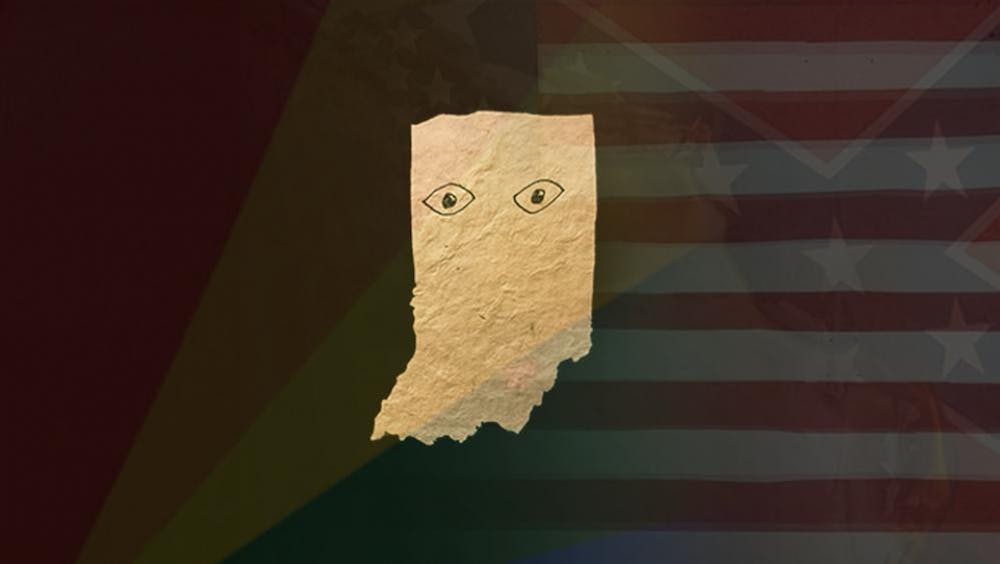by Ben Sapet Most social issue films follow a similar, well-trodden formula. When a narrative is centered around an issue there are certain “musts” involved: it must demonstrate the damage of the issue, create empathy for those effected by the issue and ultimately justify the relevance of the issue. In fulfilling these (and many other) check boxes, social issue films become formulaic almost out of a sense of duty to the subject matter. How, then, does one create a mold-breaking social issue film? Indiana filmmaker Andrew Davis’s feature length debut, Indiana, has plotted what may be that mold-breaking approach to the social issue film. Rather than centering the film on an issue, as is customary for a social issue film, Davis centers his film around the realities of Midwestern culture and its tendency to be exclusionary despite its reputation for wholesomeness and humility.
Film pitch for Davis's 'Indiana'
Between a band struggling with the dominant white, Christian demographic of their college, an alcoholic widower estranged from his daughters and a white supremacist mechanic, the characters Davis has outlined seem to be on tenuous ground in a transitioning culture. Perhaps, Davis’s approach of placing Indiana and the Midwest under a microscope will transcend the individual social issues of “family, faith, doubt, health, race, and the pursuit of music” addressed in the film to build something even more compelling: a localized, cultural issue film.
Sources: Seed&Spark, YouTube Images: Seed&Spark



















